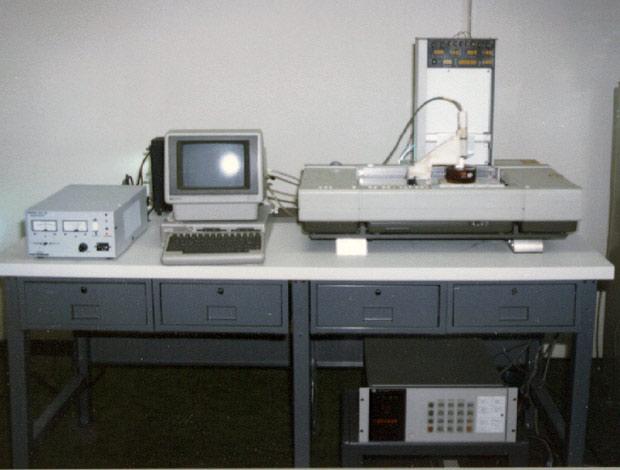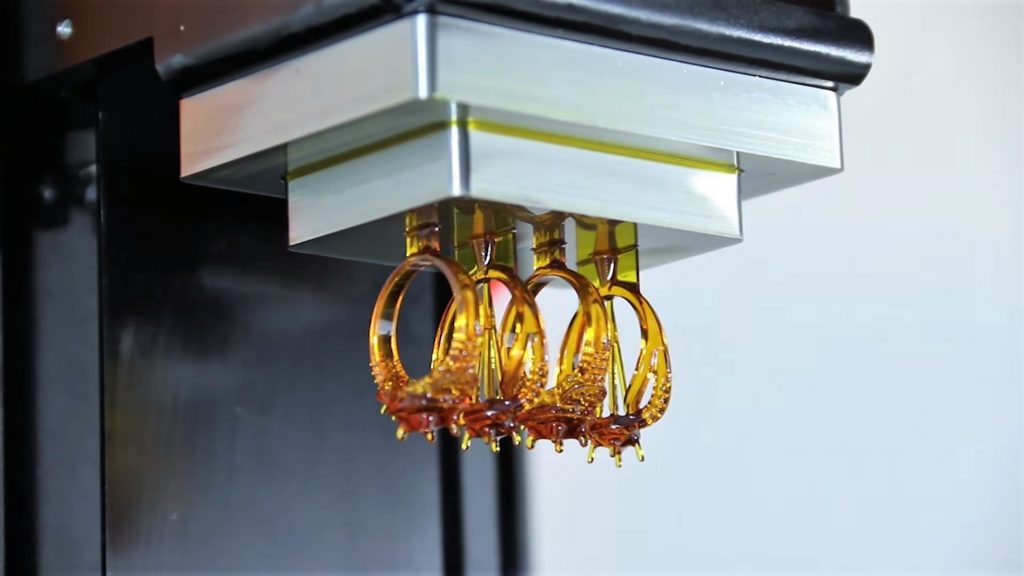The use of 3D printing, commonly referred to as additive manufacturing, has completely changed how we make and design physical products.
But who created and pioneered this ground-breaking technology? In this article, we’ll examine the development of 3D printing throughout its history, from its infancy to the present, as well as some of the influential figures who have contributed to it.
The earliest examples of 3D printing date to the 1970s, when a man by the name of Chuck Hull created a technique called stereolithography. In this method, a liquid resin was cured by a laser to solidify and produce an item. Hull submitted a patent application for this method in 1986, and it is regarded as the original 3D printing invention.
Other creators and businesses started to create their own types of 3D printing in the years that followed, including fused deposition modelling (FDM) and selective laser sintering (SLS).
Scott Crump, the creator of FDM technology, was a significant contributor to the growth of 3D printing.
Crump established Stratasys, one of the first businesses to market 3D printing, in 1988. In FDM technology, molten plastic is extruded through a heated nozzle and solidifies as it cools to form solid objects. One of the most popular types of 3D printing today is FDM.

Dr. Adrian Bowyer, who launched the RepRap project in 2005 with the goal of developing a 3D printer that could replicate itself, is another significant figure in the history of 3D printing.
The RepRap Mendel, the first open-source 3D printer, was created as a result of this initiative. The RepRap project allowed anyone to construct their own printer and experiment with various designs and materials, which sparked a new wave of invention in the 3D printing community.

The rise of the Maker Movement, a group of enthusiasts who utilise 3D printing to make everything from toys and jewellery to prosthetic limbs and architectural models, has recently been a major factor in the development of 3D printing. As a result, a wide variety of low-cost, consumer-grade 3D printers have been developed, making 3D printing more widely available than ever.

In conclusion, 3D printing has come a long way since its early beginnings in the 1970s. The invention of stereolithography by Chuck Hull was the first step in this technology’s evolution. The development of FDM technology by Scott Crump and the RepRap project by Dr. Adrian Bowyer brought 3D printing to a new level and opened it to a broader audience. Today, 3D printing is widely used in a range of industries, from healthcare and aerospace to education and art, and is accessible to anyone who wants to experiment with this technology.
3D APAC Pty Ltd Copyright © 2023. All rights reserved